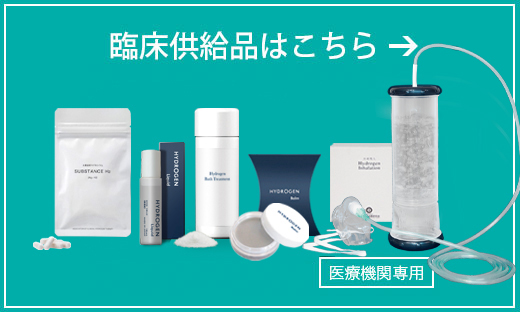Purpose: Interstitial Lung Diseases (ILD) are characterized by inflammation and fibrosis. It described the role of hyaluronic acid (HA) as an immune-regulator. It is not known if HA contributes to the recruitment of inflammatory cells associated with ILD. If this hypothesis was correct, then concentrations of HA in bronchoalveolar lavage (BAL) should correlate with the severity of ILD. Methods: We collected BAL from 22 ILD patients and 15 control subjects. We determined HA and cytokine levels by ELISA. In vitro chemotaxis assays were performed by using a transwell system. Results: We found that ILD patients showed a significant increase in HA, IL-6 levels and the amount of cells in BAL compared to control subjects. We detected a significant positive correlation between HA and IL-6 levels (r = 0.53 and p < 0.001) and an inverse relationship between HA levels and diffusion capacity (r = -0.59, p < 0.01). In vitro, HA induced migration of macrophages and monocytes through a CD44-dependent process. BAL from patients with ILD stimulated macro-phage migration and this was abrogated by hyaluronidase. Conclusions: Our results support the hypothesis that HA contributes to the recruitment of monocytes towards the alveolar space, leading to exacerbation of lung inflammation in ILD patients.
ホーム Increased Levels of Hyaluronic Acid in Bronchoalveolar Lavage from Patients with Interstitial Lung Diseases, Relationship with Lung Function and Inflammatory Cells Recruitment
前の記事
Surfactant Surface Tension Effects on Promoting Hydrate Formation: An Experimental Study Using Fluorocarbon Surfactant (Intechem-01) + SDS Composite Surfactant
次の記事
The Role of Heat Shock Proteins in Mammary Neoplasms: A Brief Review


